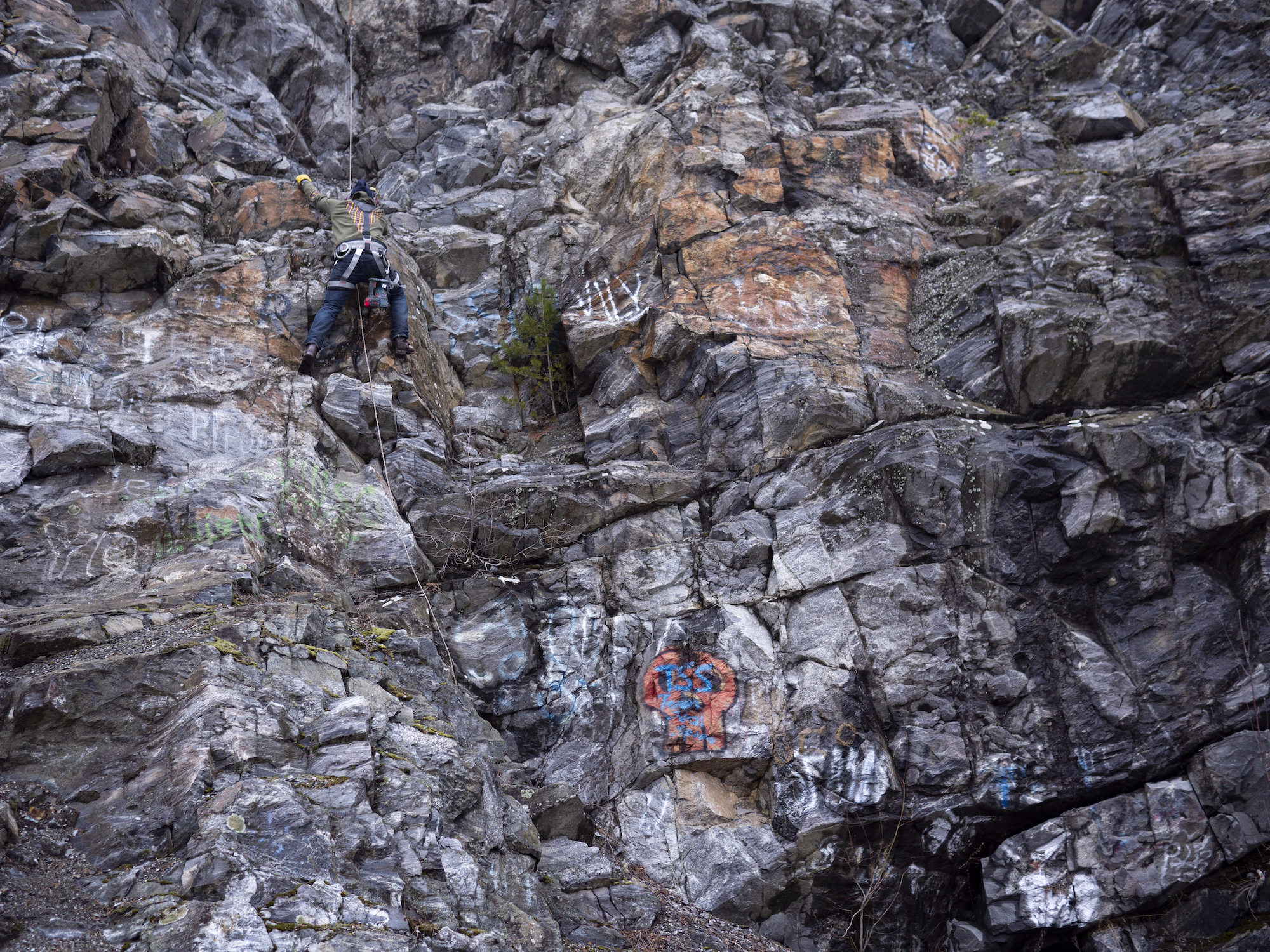Visited Hybrid Matter symposium at TeaK last Thursday. Jennifer Gabrys gave a talk concerning animals as sensors. She referenced projects that had embedded animals with sensory technologies to collect data on weather conditions, migration routes etc. The approach is of interest for our Trans-Horse project. We’ve investigated the possibility to set the horse’s views and environmental requirements as a premise of urban planning in hopes of crafting more environmentally engaged and versatile environments. Gabrys approach was critical and she argued the majority of animal aided data is used to confirm human perceptions. She is currently working in a project called citizensense.net. Her talk gave me the idea to use the horse care-journals of the Mounted police of Helsinki as data to study city development!
Steen Rasmussen gave an interesting talk about BINC economics (bio-, info-, nano- and cogno.). His talk was a useful reminder of the historical importance of the middle class: The empowered, wealthy and democratic middle class of the last century was a unique historical glitch and automation of labor is it’s biggest threat. He was optimistic about 3d printing and other “new” manufacturing technologies and urged the audience to engage with new technologies open mindedly. Unfortunately many new technologies categorically renunciate agency of the makers. This renunciation is embedded in modern worldviews – Factories and 3d printers are equally bad! There are no new technologies.. New tools fuel the same old colonization. After the symposiums I came across the concept of Critical Making which I’ll have to study more. Critical Making seems to fit many Ore.e Refineries projects neatly.
On Friday I joined a dinner organized by the Union for Rural Culture and Education. The dinner completed my involvement with the Grey Cube Gallery project. I was seated next to Päivi and sound artist Petri Kuljuntausta. Kuljuntausta was kind enough to share field recording techniques and motivated me to continue with sonic experimentations. We talked about the Ihme audio-guide project I completed last spring and he had some ideas on whom to contact concerning the future of the project. I had to leave the dinner early as I rushed to Turku. On the buss I read some of Kuljuntaustas texts on sound art. He has used a KaossPad in his live setup.
In Turku I met with Jesse and we made 232 separate machine/tool sounds and two binaural recording at his smithy (The binaural equipment is on loan from Circus Maximus). The recording went as planned and we worked on site for eight hours. The majority of the sounds are high pitched and we’ll possibly make additional recordings next year. Jesse had the idea of fitting the smithys floor with piezo microphones, so that we could hear the bottom end sounds. We’ll likely call this sample-pack “Sound of Work: Blacksmith vol.1”. I’ll demo the sounds for Jesse next weekend.
I’m meeting students from the Kankaanpää Art School online this week to discuss their upcoming graduate exhibition and art projects. Also met with Antoine Pickels concerning possible Trans-Horse engagements next year.

